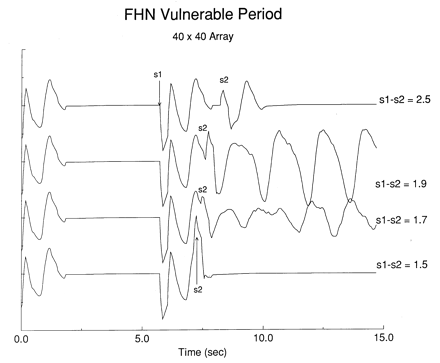
Figure 2. Vulnerable period in an array of FitzHugh-Nagumo
(FHN) cells with identical refractory properties. A wave of
refractoriness was created by an S1 (s1 in the
Figure)
conditioning stimulus. The boundaries of the vulnerable period were
determined by testing excitability with S2 (s2 in the
Figure) stimuli timed to occur at different times after the
conditioning wave front passed the S2 site. Shown here are
the computed ECGs for four different S1S2
(s1-s2) delays. When the S1S2 delay was too
short (1.5 arbitrary time units [ATU]), there was no response to
response to the S2 stimulus. As the
S1S2 delay was prolonged, spiral wave reentry
was initiated and the ECG showed a typical monomorphic pattern (delay,
1.7 and 1.9 ATU). When the S1S2 delay was
beyond the vulnerable period (delay, 2.5 ATU), a single response was
observed.
[Return to Article]